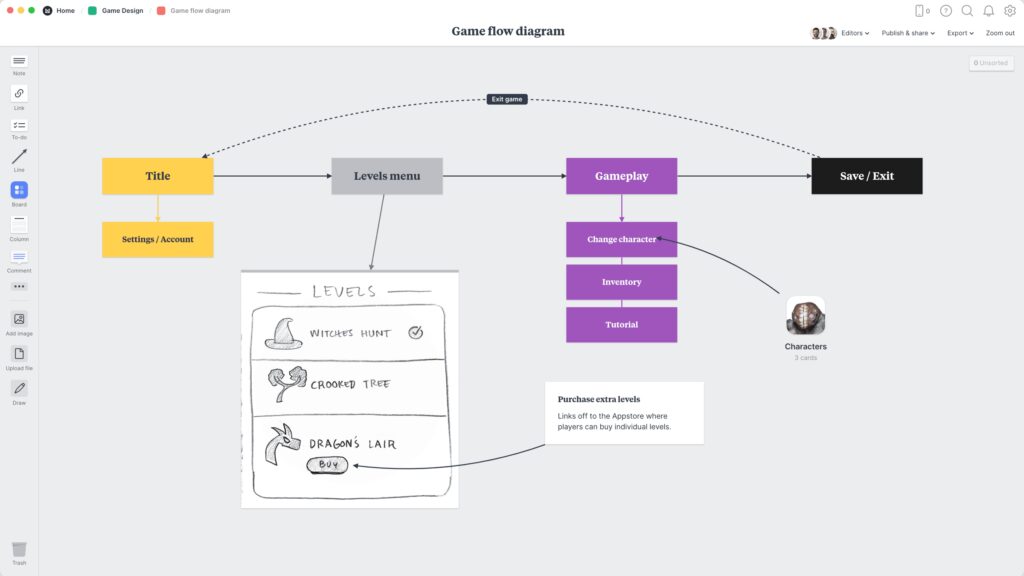Game development is a complex process that encompasses a range of skills and disciplines. Among the critical aspects of game development are gameplay mechanics and level design. Gameplay mechanics encompass the rules and systems that govern player interaction with the game. Level design includes elements such as lighting, sound design, pacing, and enemy placement. A good game should have a steady stream of challenges and obstacles, allow for customization, and be accessible to a broad range of players. Focusing on the fundamental rules and systems of the game and designing rich, immersive worlds will create a memorable experience for players.
Building Blocks of Game Development: Exploring Gameplay Mechanics and Level Design
Game development is a complex, multi-faceted process involving a wide range of skills and disciplines. From concept art and storytelling to programming and animation, every element of a video game must be carefully crafted in order to create an engaging, entertaining experience for players. Among the most critical and challenging aspects of game development are gameplay mechanics and level design.
Gameplay Mechanics
Gameplay mechanics refer to the rules and systems that govern how a player interacts with a game. These mechanics encompass everything from basic movement and camera controls to combat mechanics, item management, and more. The goal of gameplay mechanics is to create a sense of challenge and progression for the player while also ensuring that the game remains balanced and fair.
One of the most important considerations when designing gameplay mechanics is the game’s core mechanics. These are the fundamental rules that govern how the game is played and are often tied directly to the game’s theme or concept. For example, a survival game might have core mechanics that revolve around resource gathering, crafting, and avoiding dangers, while a racing game’s core mechanics might focus on vehicle handling, speed, and acceleration.
Another key element of gameplay mechanics is customization. Players often appreciate games that allow them to tailor their experience to their own preferences and play styles. This can include character customization options, difficulty settings, and more. By allowing players to adjust the game mechanics to better suit their needs, developers can create a more engaging and enjoyable experience overall.
Level Design
Level design encompasses a variety of elements beyond basic geometry. It includes everything from lighting and sound design to enemy placement and overall pacing. The purpose of level design is to create a cohesive, engaging experience that keeps players coming back for more.
One of the key considerations when designing levels is the game’s pacing. Ideally, players should encounter a steady stream of challenges and obstacles, with occasional moments of pause and reflection. This can be achieved through careful balancing of enemy encounters, exploration objectives, and other gameplay mechanics.
Another important consideration is replayability. While a game may be fun the first time through, players are more likely to return if there are multiple ways to complete a level, hidden secrets to uncover, or other elements that encourage exploration and experimentation. This can include non-linear level design, branching paths, and interactive elements that change depending on the player’s actions.
Finally, level design must also consider accessibility. A game that is too difficult or inaccessible to players may not be enjoyed by as wide an audience as possible. By designing levels with a broad range of difficulty options and accommodating various player skill levels, developers can ensure that the game is accessible and enjoyable to as many players as possible.
Conclusion
Game development is a complex and multifaceted process, and gameplay mechanics and level design are critical elements that require careful consideration and planning. By focusing on the fundamental rules and systems that govern a game, developers can create a memorable, engaging experience that keeps players coming back for more. With careful attention to level design, developers can create rich, immersive worlds that encourage exploration and experimentation while remaining accessible to a broad range of players.
